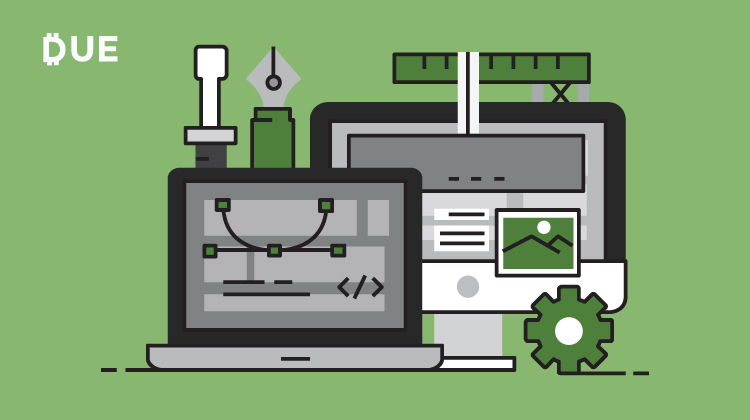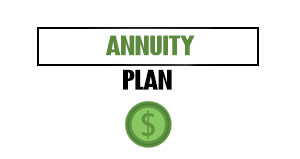If you want to run a successful business in the 2010s and beyond, you need a website. It doesn’t matter if you are a solo online entrepreneur or run a large network of brick-and-mortar stores, you need an online presence. Many business owners are intimidated by the idea of setting up a website on their own, but it’s very handleable. If you can read English and write an email, you can build a website. It really is that easy! Follow along with this guide and you’ll have a website up and running in as little as five minutes. Really!
Table of Contents
ToggleWhat is WordPress?
WordPress is a content management system, or CMS. It is a free, open source software that you can install on a web hosting server to run your website. It helps you do everything you need to run your website, including the style, text content, and images, from an easy-to-use backend interface. Once you have WordPress up and running, creating a new page or blog post is nearly exact same experience as writing an email. In fact, this blog post you are reading right now was written in the WordPress editor, and WordPress runs the Due.com blog.
WordPress is the most popular content management system in the world, and runs about 25 percent of all websites on the entire internet. Nearly 16 million sites use WordPress, the most popular CMS for seven years running. The software is maintained by a group of volunteer coders and the company Automattic, which runs the for-profit hosting site WordPress.com. But while WordPress.com is a fair option for many site owners, self-hosted WordPress is the best option for business owners serious about their websites and their data.
Get quality hosting
WordPress can run on nearly any modern computer. If you want to test it out, you can even install and run it locally on your laptop or desktop computer to see how it works and what it looks like. However, installing it on your computer is more complex than installing it on a web host for public sites. All you need is a few clicks and you can have a website up and running. In this short video, you can see me do the entire process end-to-end at one of my favorite hosting companies.
Your site is only as fast and secure as your hosting, so make sure you pick a quality hosting provider or you may regret it later on. In web hosting, you often get what you pay for. But for a small, new site, my favorite host SiteGround offers plenty of power for your needs. Learn more at my resources page where I share how I build my own websites.
Install WordPress
There is a manual process for installing WordPress, but the easy way to go is using your hosting company’s installer. In the video above, I walk through the process using Siteground’s installer, but all installers don’t look exactly the same. CPanel and Softalicious, which are very common server management and installer tools you can find, make the process simple. Using an installer, you don’t need any technical skills to install and setup a WordPress site. You can do it in a few clicks, and a special software package will create the databases and files that you need automatically.
Once you are setup, you can login by default at yoursite.com/wp-admin. You can change that login URL with a plugin or some manual steps in the WordPress code. However, in most cases that is not necessary outside of the biggest and most targeted sites by hackers. After you finish building your site, you should go to the menu to add a new plugin and install a plugin called Wordfence. Wordfence gives your site additional security to keep your site a little more hacker resistant. There is a paid version, but the free version is sufficient for a new site’s needs.
Login and build your site
Now your site is live, but it probably looks just like millions of other sites using a default WordPress theme. In the various menus on the left side of your dashboard, you can update your theme and change your site. With self-hosted WordPress, your options are unlimited. You can create a store, a membership section, a blog, or much more. There are tons of free resources to learn about building and running a WordPress site. Some of the best include WP Beginner and the WordPress Codex, or just search in Google for whatever it is you are trying to figure out and there is bound to be a free guide on the topic.
Now you are off and running and can build your site. It should represent what your brand and business are all about. Make it easy to navigate, easy to understand, and easy to send you payments. If you do those things, you are serving your customers and visitors well, and are destined for good things online. Of course, building your site is only a small piece of the puzzle of building traffic and business online, but you can’t do that until you have a website. Once you are done with this guide, you can mark step one complete.













